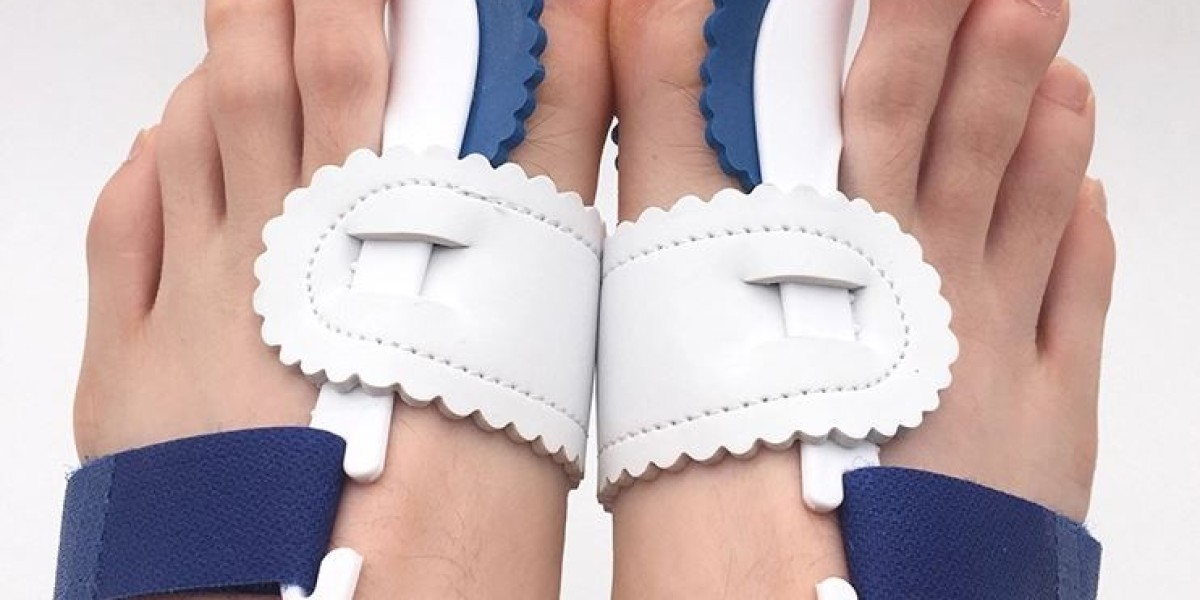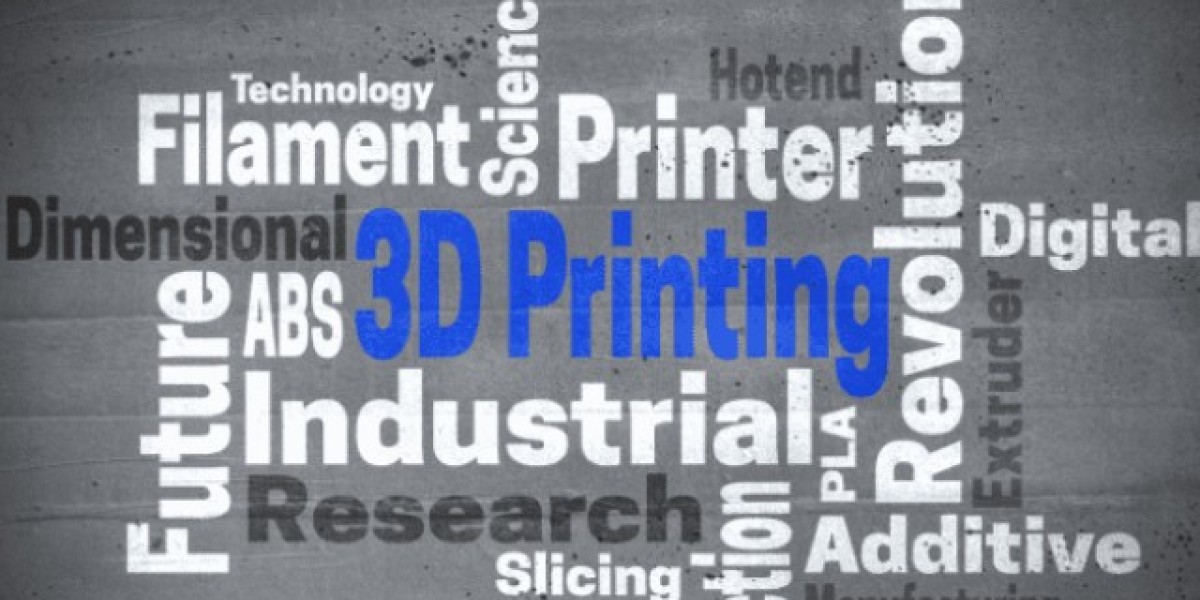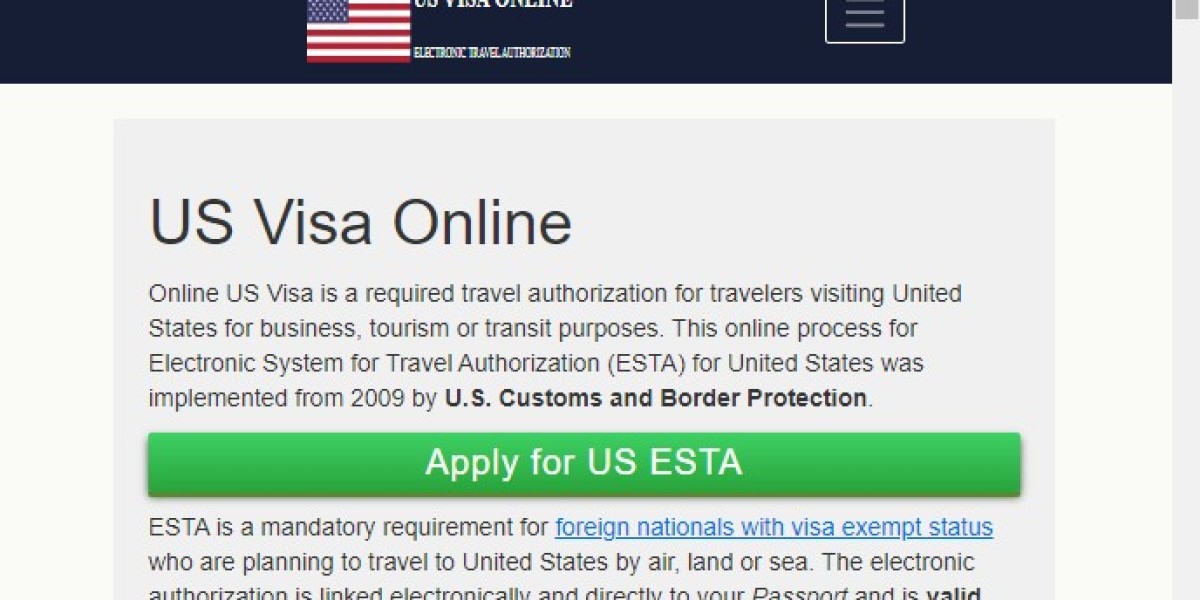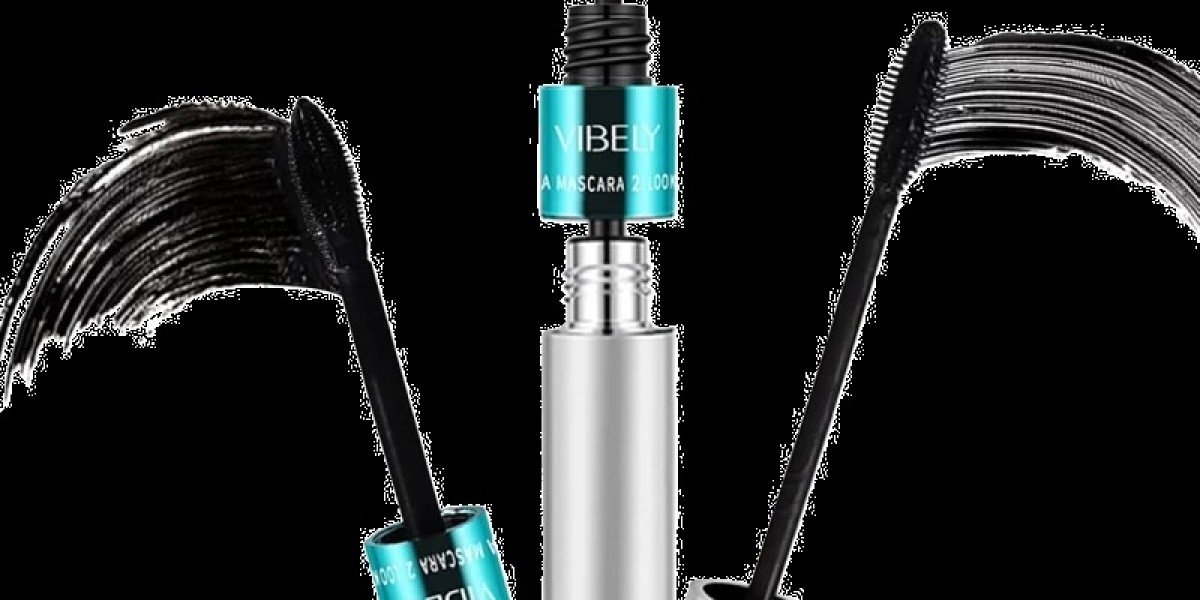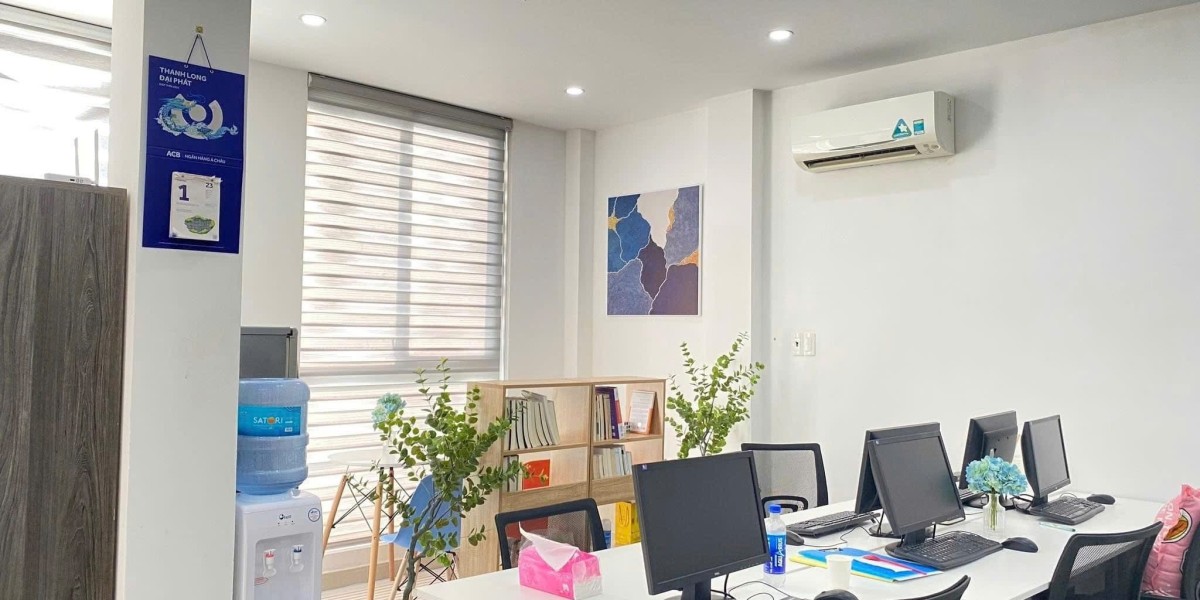Bunion correctors offer a non-invasive solution for managing the discomfort and alignment issues caused by bunions. While these devices are widely available and easy to use, their effectiveness often depends on how you incorporate them into your daily routine. Here are five expert tips to help you maximize the benefits of bunion correctors and achieve the best possible results.
1. Choose the Right Type of Bunion Corrector
Not all Bunion Corrector are created equal, and selecting the right one for your needs is essential. The type of corrector you choose should depend on the severity of your bunion and your daily activities. Splints, for example, are ideal for nighttime use as they provide rigid support to realign the big toe. Toe separators and gel cushions, on the other hand, are more suitable for daytime use as they are soft and fit comfortably inside most shoes. Consult with a podiatrist to determine which type of corrector is most appropriate for your condition.
2. Wear It Consistently
Consistency is key when using bunion correctors. Wearing the device only occasionally is unlikely to yield significant results. To maximize effectiveness, incorporate the corrector into your daily routine, whether during the day or at night. Start with shorter periods, especially if you’re new to using a corrector, and gradually increase the duration as your feet adjust. Consistent use not only helps relieve pain but also encourages gradual realignment of the toe.
3. Combine with Proper Footwear
Using a Bunion Corrector is most effective when paired with the right footwear. Shoes with a wide toe box, good arch support, and cushioning reduce pressure on the bunion and enhance the benefits of the corrector. Avoid wearing high heels, tight shoes, or footwear with narrow toe boxes, as these can worsen bunion pain and counteract the progress made by the corrector. Investing in orthopedic or bunion-friendly shoes can further support your foot health.
4. Incorporate Foot Exercises
While bunion correctors can help realign the toe and alleviate pain, strengthening the muscles around the foot is equally important. Incorporating simple foot exercises into your daily routine can enhance the effectiveness of the corrector. Exercises such as toe stretches, picking up small objects with your toes, or rolling a tennis ball under your foot can improve flexibility, strengthen the surrounding muscles, and promote better foot alignment. Regular exercise not only complements the use of bunion correctors but also helps prevent further complications.
5. Monitor Your Progress
Tracking your progress is an essential part of using bunion correctors effectively. Take note of any changes in pain levels, toe alignment, and overall foot comfort. This will help you determine if the corrector is working as intended or if adjustments are needed. If you notice minimal improvement or increased discomfort after consistent use, consult a healthcare professional. They can assess your condition and recommend alternative treatments, such as custom orthotics or, in severe cases, surgical options.
Conclusion
Bunion correctors can be a valuable tool for managing bunions and improving foot alignment when used correctly. By choosing the right type of corrector, wearing it consistently, combining it with proper footwear, incorporating foot exercises, and monitoring your progress, you can maximize its effectiveness. Always consult with a podiatrist or healthcare professional to ensure you’re taking the best approach for your specific needs. With patience and dedication, you can take significant steps toward relieving discomfort and improving your foot health.
